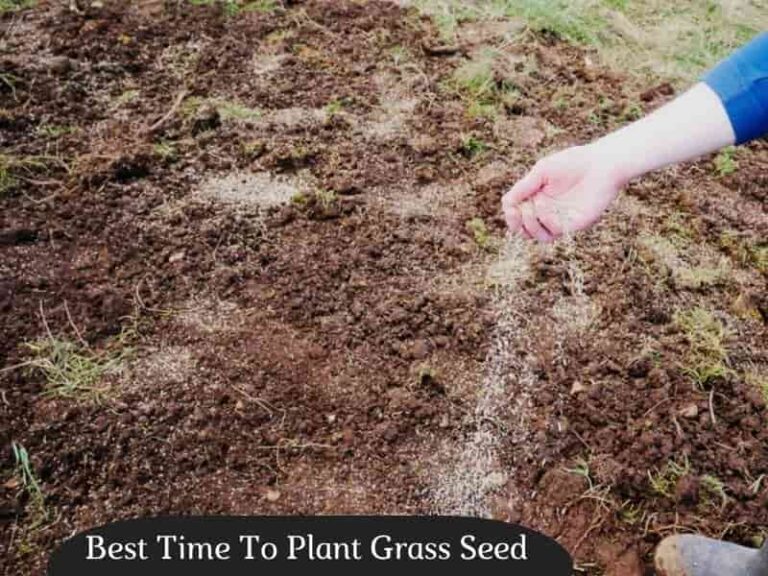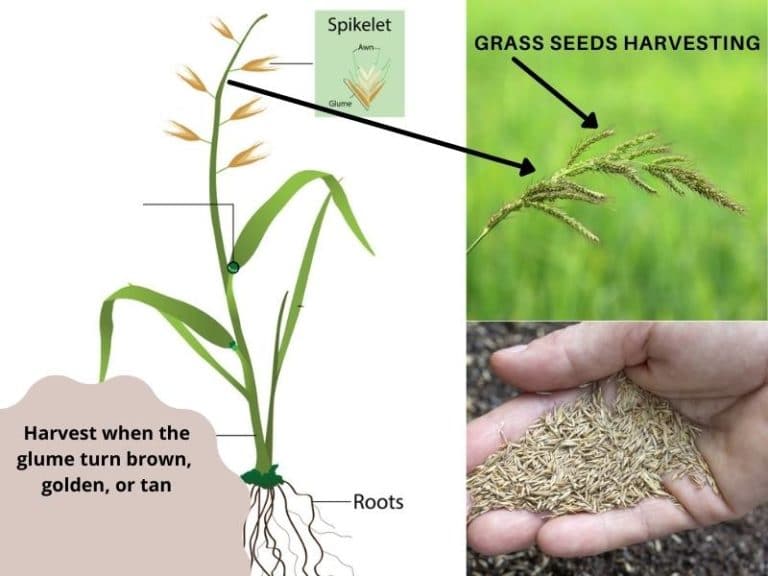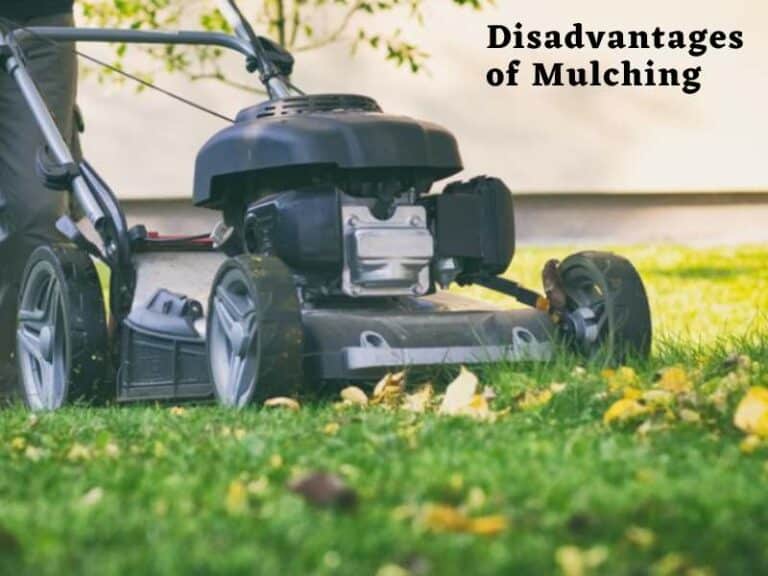Ironite for Lawns: Benefits, When + How to Use it
One of the most common criteria that homeowners use to gauge the quality of their lawns is how green the grass is. The surest way to give your lawn a more lush appearance is by feeding it with ironite- a supplemental fertilizer. But are there benefits of applying ironite to your lawn?
Ironite works well in almost all soil, versatile especially if your lawn has other plants like shrubs and trees. Applying ironite reduces the watering needs since it provides the essential nutrients in the right quantity.
Benefits of Ironite for Lawns
What makes ironite so popular amongst lawn experts? Ironite has a unique ingredient formula that improves lawn appearance at a fast rate while also maintaining the same lush look for the foreseeable future.
Here are the benefits of ironite as a lawn care product:
Versatility
If you have trees and shrubs also growing on your lawn, besides your turfgrass, ironite is one of the best all-in-one products you can ever go for. Its ingredients work to balance out soil pH, thereby enabling your entire lawn to thrive.
Reduced moisture requirements
Due to its unique formulation, lawns fed with ironite tend to have fewer moisture requirements since it has proper nutrient ratios that keep plants flourishing.
Works with diverse soil types
With regular fertilizer, you’ll most likely have to contract a landscaping expert to inspect what type of soil you have on your lawn to advise whether the type of fertilizer you’re using is appropriate for that type of soil. However, with ironite, this doesn’t have to be the case, as it’s been formularized to work well with various soil types.
Ironite works in such a way to improve soil quality by facilitating water absorption into the soil. Finally, ironite’s effectiveness on any soil type isn’t easily affected by weather conditions.
Doesn’t overfeed the soil
The best thing about ironite fertilizer is that the ingredients are properly balanced such that some are quick-release and some are slow-release nutrients. As such, if you follow the manufacturer’s application instructions, it’s highly unlikely that you’ll scorch your grass from too much nitrogen present in the soil.
By contrast, too much nitrogen fertilizers cause an excess of salts in the soil, consequently drawing moisture from the grass plants, causing them to burn down.
How to use ironite on lawns
To avoid burning your turfgrass with excessive ironite, you need to follow the proper application instructions. When feeding your lawn with ironite fertilizer, follow below procedure:
- First off, ensure to wear the appropriate personal protective clothing like gloves, an overall, and a face mask; since ironite contains toxic ingredients.
- Next, apply a pound of granular ironite for every 100 square feet of lawn area, and finish off by watering the lawn.
- Finish off by sweeping off excessive ironite (avoid washing it off as liquid ironite will most likely cause permanent staining of your patio or driveway pavers/concrete). Also, you’ll also want to ensure that your pets can’t access the lawn during and after application as ironite contains toxic mercury and could be lethal if ingested.
Note: supplemental fertilization using ironite should be undertaken at least once every quarter for a beautiful, lush green lawn.
Read More: Ironite vs Milorganite
When should I apply Ironite to my lawn?
Ironite is best applied whenever there is an iron nutrient deficiency in the soil, as lack of such crucial nutrients can significantly hamper grass turf health. Iron is a crucial micronutrient in the manufacture of chlorophyll. Chlorophyll is responsible for the lush green color in plants, iron deficiency, therefore, results in interveinal chlorosis or grass leaf yellowing condition.
While most soil types typically bear excess iron nutrient deposits, the iron present is in a form that can’t be absorbed by the turfgrass roots. Depending on seasons, Iron may also not be readily available for plant absorption, especially in spring. As such, the application of ironite is best done in early spring when low soil temperatures suppress nutrient availability.
What’s more, spring is usually the peak growing season for most turfgrass varieties, especially warm-season turfgrasses. This means that you’ll have more grass plants in need of iron nutrients to facilitate adequate chlorophyll synthesis (and consequently, photosynthesis) during this period. Hence, it’s the most appropriate time to apply ironite supplementary fertilizer in your lawn for a beautiful, fully-green turf.
Can you apply ironite and fertilizer at the same time
Yes, since ironite is a supplementary fertilizer that also boasts slow-release ingredients, it can be applied in combination with a quick-release nitrogen fertilizer. This ensures that even after the nutrients from the regular quick-release fertilizer have been used up by your grass plants. The slow-release of ironite fertilizer ingredients ensures that your turfgrass stays fed at such times, thus keeping your turfgrass greener for longer until the next fertilization window.
Ironite application rate
As earlier mentioned, you don’t want to apply too much ironite to your lawn, as this could cause scorching. The proper ironite application rate would be one pound for every 100-square feet of turf.
Liquid vs Granular Ironite: Which one is better?
The answer to this question depends on what your needs and preferences are. For instance, while liquid ironite presents several advantages in the form of faster nutrient absorption and the uniform spread of nutrients, it also causes permanent staining to adjacent driveways and patios made out of concrete/stone.
Granular ironite- on the other hand- is cheaper and can be applied all year round regardless of the weather conditions, but is relatively slow-release compared to liquid ironite; and also presents the issue of uneven spread.
References
- Michigan State University Extension: Pros and cons of granular and liquid fertilizers





